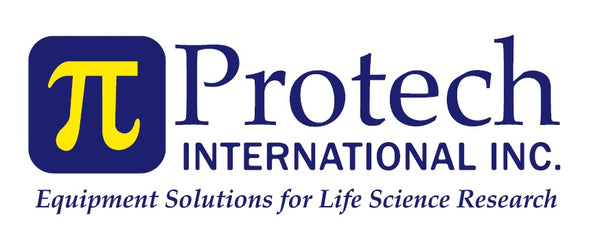Sterilization method
The five main sterilization methods :
- Autoclave (high-pressure steam sterilization) up to 132℃: Autoclaving is the most common method of sterilization in healthcare settings. It uses high-pressure steam to kill all microorganisms, including bacteria, viruses, and spores. Autoclaves are typically used to sterilize surgical instruments, medical devices, and other healthcare supplies.
- Dry heat sterilization: Dry heat sterilization uses high temperatures to kill microorganisms. It is typically used to sterilize glassware and other items that are heat-tolerant. However, dry heat sterilization is not as effective at killing spores as autoclaving.
- Ethylene oxide (ETO) gas: ETO gas is a chemical sterilant that is used to sterilize a variety of items, including medical devices, pharmaceuticals, and food packaging. It is particularly useful for sterilizing items that cannot be autoclaved or dry heat sterilized, such as heat-sensitive plastics and electronics.
- Gamma ray irradiation: Gamma ray irradiation is a type of ionizing radiation that is used to sterilize a variety of items, including medical devices, pharmaceuticals, and food products. It is a very effective method of sterilization, but it is also the most expensive.
- Alcohol: Alcohol is a chemical disinfectant that can be used to kill a variety of microorganisms, but it is not a sterilant. It is typically used to disinfect surfaces and small objects.

